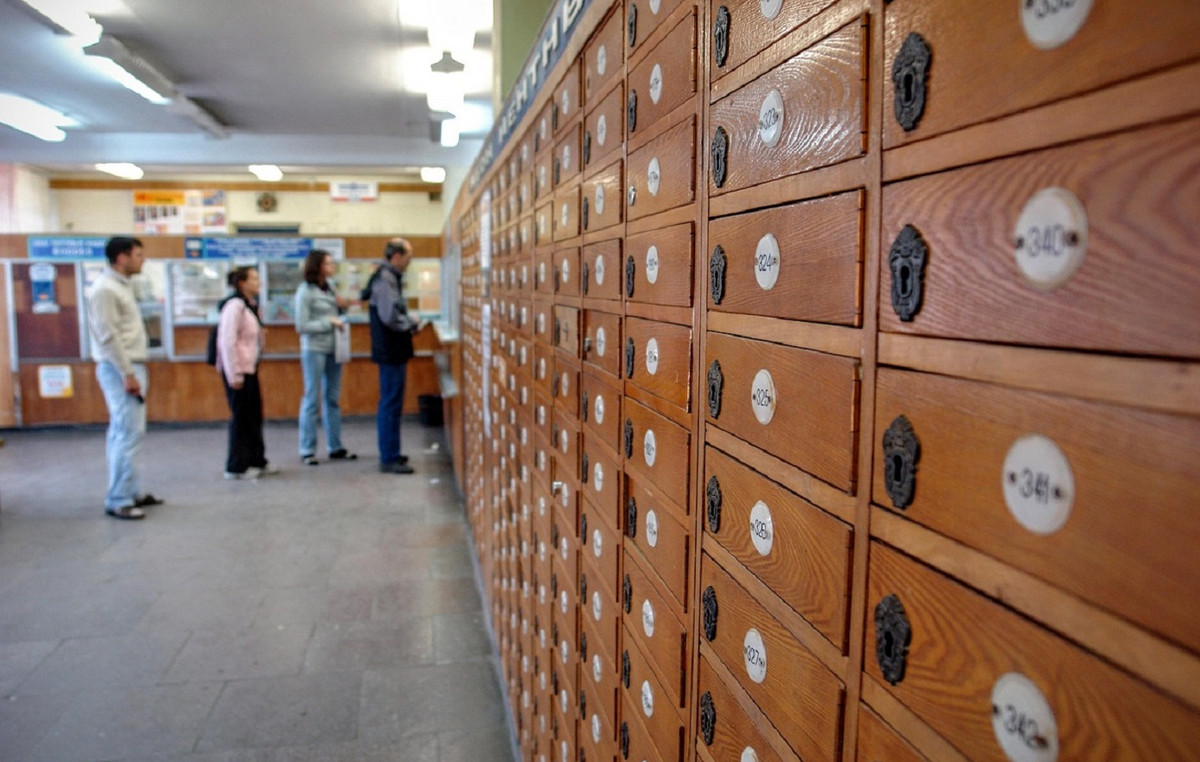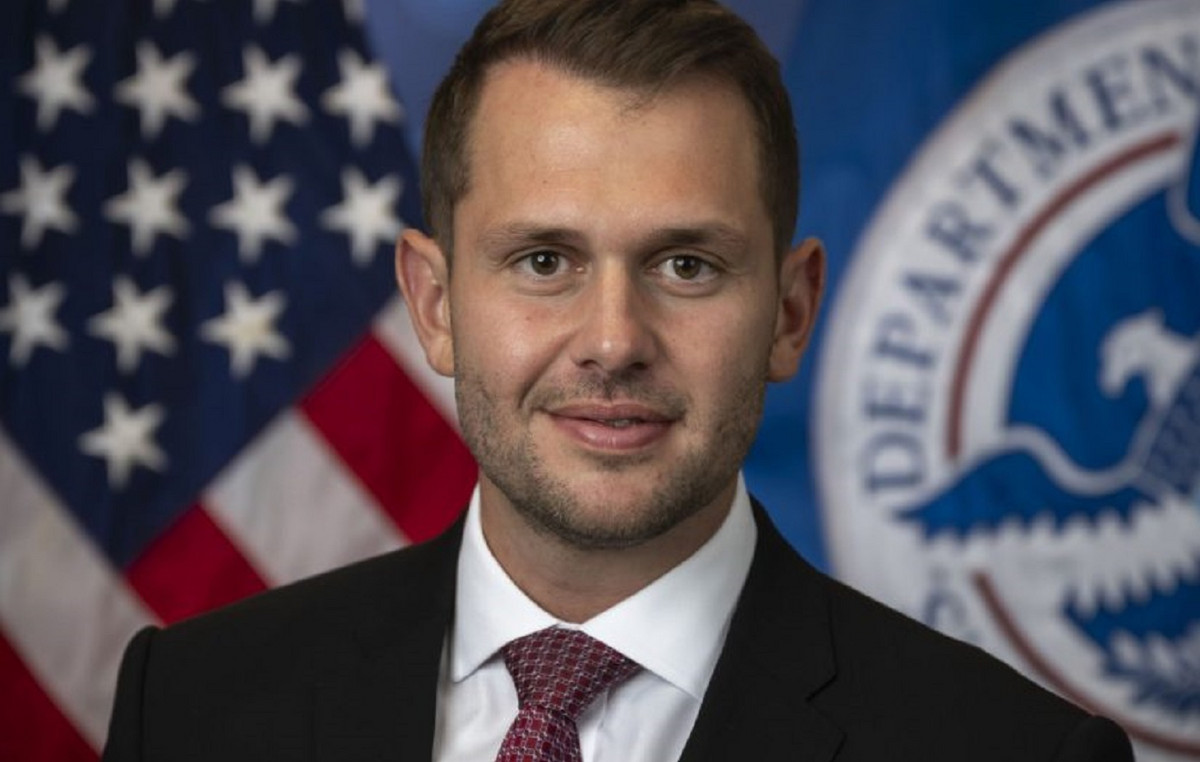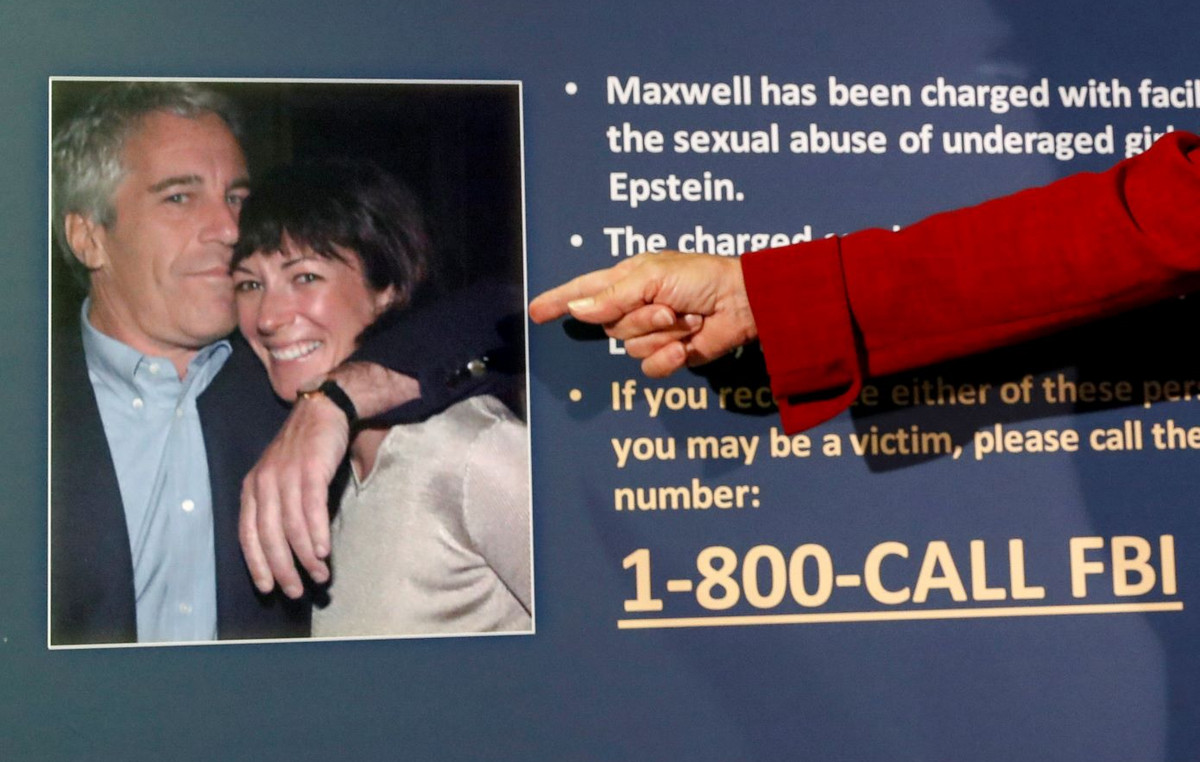This Thursday (4), ten years ago the history of medicinal cannabis in Brazil has taken an important direction that has directly impacted the health of thousands of patients who now have this therapy as an option.
In day April 4, 2014 the Brazilian court authorized the Fischer family to import from the USA a medicine made from cannabis for the treatment of Ann Fischer , who was five years old at the time. The child has a rare disease called CDKL5 syndrome which caused her to have almost a hundred seizures in a week.
The case gained national attention due to the documentary “Illegal” directed by Tarso Araújo It is Raphael Erichsen, which became a report on TV Globo's “Fantástico”, on March 30, 2014. The film portrays the struggle of patients for the legalization of cannabis for medicinal purposes in Brazil.
To mark this decade of discussion on the topic, the CNN raised 10 important milestones that changed the direction of access to cannabis for medicinal purposes in the country.
10 important milestones for cannabis for medicinal purposes
1 – April/2014 – First court decision authorizing import of CBD
The court authorizes the patient's family Ann Fischer five years old at the time, importing cannabis-based oil from the USA to treat the patient's seizures due to a rare disease.
And it was from this moment on that other patients were able to have the chance to use cannabidiol-rich oils to treat other health issues as is the case of Gabriela, 18 years old, who has refractory epilepsy.
“Gabriela has been using conventional anticonvulsants and cannabidiol since 2014. We [família] we noticed a great cognitive advance. She has a delay in neuropsychomotor development, but we still noticed better seizure control and a significant cognitive improvement after starting treatment with cannabis, which is why we maintain it, in addition to more effective control associated with conventional anticonvulsants”, says the pharmaceutical Lilian Machado Grilo patient's mother.
2 – January/2015 – Anvisa removes cannabidiol from the list of prohibited substances, regulating its medicinal use
With import authorization, significant changes begin to take place in several areas. Among these changes is the decision of the National Health Surveillance Agency (Anvisa) to remove cannabidiol from the list of prohibited substances regulating the use of cannabinoids for medicinal purposes.
According to the biotechnologist Gabriel Barbosa supervisor of regulatory affairs at the Cannabis laboratory HempMeds, until 2015 Anvisa maintained a more restrictive position in relation to cannabidiol, mainly due to its classification within the UN international conventions on drug control, to which Brazil is a signatory.
“There are some possible reasons that could explain this change on the part of Anvisa, such as, for example, the increase in scientific evidence, the international trend that was happening in relation not only to cannabidiol, but to the plant as a whole and the movement of orders in court to allow the entry of these products in cases where there was medical support”, explains the scientist.
3 – May/2015 – First Anvisa regulation for the import of Cannabis
From these movements, Anvisa regulates the import of cannabis-based products from RDC 17/2015. However, at the time, the individual authorization had to be sent by the Post Office to Brasília and took up to four months to be issued, plus another month for customs clearance. Treatments that year hardly cost less than R$2,000 per month.
“As the substance was prohibited, court decisions were made to require Anvisa to allow the entry of these products in cases where there was medical support. And in May 2015, the first resolution was launched that made access to this type of product more flexible, meaning that a court decision was no longer necessary, it was enough to follow what had been imposed in this resolution”, explains Barbosa.

4 – November/2015 – Anvisa removes THC from the list of prohibited substances
There was (and still is) a kind of greater comfort on the part of the population when talking about cannabidiol, as it is not a substance considered psychoactive like THC, responsible for the “high” that the plant promotes.
Although, Science has now shown that THC also has therapeutic potential to treat some health cases, in addition to its presence in the composition of the medicine, it contributes to the so-called “entourage effect”, a kind of unique synergy that only happens when all the chemical compounds of the plant are together.
Thus, in 2015, Anvisa removed THC from the list of prohibited substances.
The neurologist Rubens Wajnsztejn one of the first prescribers of cannabis in Brazil, states that it is not only cannabidiol that has therapeutic potential and that THC also has its potential and, therefore, should be an option.
“THC is used recreationally in high concentrations. In lower concentrations, this cannabinoid can also function as an anticonvulsant, in addition to treating issues related to anxiety and sleep disorders”, explains the doctor.
5 – January/2017 – Anvisa accepts the registration of the first CBD and THC-based medicine for sale in pharmacies
In January 2017, Anvisa accepts the registration of the first medicine with CBD and THC in its composition for sale in pharmacies. Mevatyl begins to be sold to treat, mainly, adult patients who present moderate to severe spasms, due to multiple sclerosis.
“Once we were able to associate cannabidiol with THC, we would have a wide variety of therapeutic effects. CBD and THC act as complements for a series of functions, but they can also be used separately”, says Dr. Rubens.
6 – December/2019 – Anvisa regulates the sale of cannabis in pharmacies
In December 2019, Anvisa published RDC 327/2019 which authorizes the manufacture and import of cannabis-based products for medicinal purposes , in addition to establishing requirements for the marketing, prescription, dispensing, monitoring and inspection of these products. This makes it possible to have a greater supply of medicines in pharmacies.
Currently, four years after the resolution, there are already more than 20 cannabis companies with products available on pharmacy shelves. The prices, however, are much higher than imported products.
7 – 2020 – Anvisa improves rules for importing cannabis-derived products
If in 2015 bureaucracy made everything slower when it came to starting treatment with Cannabis-based medicines, five years later, Anvisa authorization will be issued on the same day and will be valid for two years .
Furthermore, the products arrive at the patient's home in around three weeks after purchase and competition and an expanding market make the cost of treatment fall to less than R$200 per month in some cases, according to HempMeds, the first company in the sector in Brazil.
“From imported products, which we call the compassionate market, it was a huge evolution. Today this bureaucracy no longer exists. Through a simple prescription and authorization from Anvisa, which is granted practically immediately”, explains Matheus Patelli, general director of HempMeds Brasil.
“So we have a process that occurs much faster and imports are also much faster. We have other ways of accessing products, such as, for example, compounding pharmacies and associations”, he adds.
8 – June/2021 – Bill 399/15, which regulates the cultivation of cannabis for medicinal and industrial purposes, is approved by a Chamber committee — but is on hold
Bill 399/15 regulates the planting of cannabis for medicinal purposes and the commercialization of medicines containing extracts , substrates or parts of the plant throughout the country. But not only that.
“We really want cultivation to be allowed. We have part of the assets, the labor, the logistics in dollars and this makes the product quite expensive. We have the possibility in such a large country to really create a very serious industry. We also have other markets that can be created, including nutraceutical markets, using seeds, the textile market, using fibers from hemp itself, so there are markets there that can come into existence”, argues Patelli.
“We have a very large economy around plants, the agronomic issue itself, the agrarian issue itself is very significant and can positively impact what is currently Brazil's largest product, which are agricultural inputs”.
The PL was approved, but deputies filed an appeal, which has meant that, since then, the project is stopped.

9 – December/2023 – SP approves law that includes cannabis derivatives in the SUS
The governor Tarcísio de Freitas regulated the law that provides for the supply of medicinal cannabis-based medicines through the Unified Health System (SUS) in São Paulo on December 26, 2023.
The decision was seen as very important due to the weight that state decisions have on decisions made in other parts of the country. Patients with Dravet, Lennox-Gastaut and Tuberous Sclerosis syndromes will be the first to benefit.
The Minas Gerais company Ease Labs won a notice to supply cannabis-based medicine to SUS patients in the state of São Paulo for one year.
“The positive point is the public recognition of cannabis as a therapeutic tool. An effective means of treating certain diseases that traditional medicine has proven to be flawed or have more harmful side effects than cannabis for medicinal purposes”, he states. Vladimir Saboia lawyer specializing in Cannabis and president of the Law Commission for the Medicinal cannabis sector of the OAB-RJ.
“The negative point is the limitation of the number of diseases that can be treated via SUS and few products. This is not yet advanced”, he adds.
10 – 2024 – 24 states already have laws in force or being processed to provide medicinal cannabis in the SUS
In addition to São Paulo, other 24 federative units have laws in force or in progress that guarantee the supply of the compound by the public health system . In SP, PR, RJ, GO, DF, MT, CE and RN the laws are already in force. And only in the states of PE, PB and AP are there no projects presented.
What can you do today
Doctors and dentists can prescribe cannabis derivatives . According to Kaya Mind, a data analysis company in this market, the majority of prescriptions come from general practitioners (34%), followed by neurologists (16%), psychiatrists (15%) and pain specialists (9%). Dentists represent 5% of total prescriptions. Still according to the data company, there are more than 10 thousand cannabis prescribers in Brazil.
Imports double year after year. In 2019, 3,300 patients were authorized to import the substance, a number that rose to 66,000 in 2023 (95%). The data are from Anvisa and refer to the first half of each year.
*Published by Aline Oliveira, from CNN
Source: CNN Brasil
I am an experienced journalist and writer with a career in the news industry. My focus is on covering Top News stories for World Stock Market, where I provide comprehensive analysis and commentary on markets around the world. I have expertise in writing both long-form articles and shorter pieces that deliver timely, relevant updates to readers.







